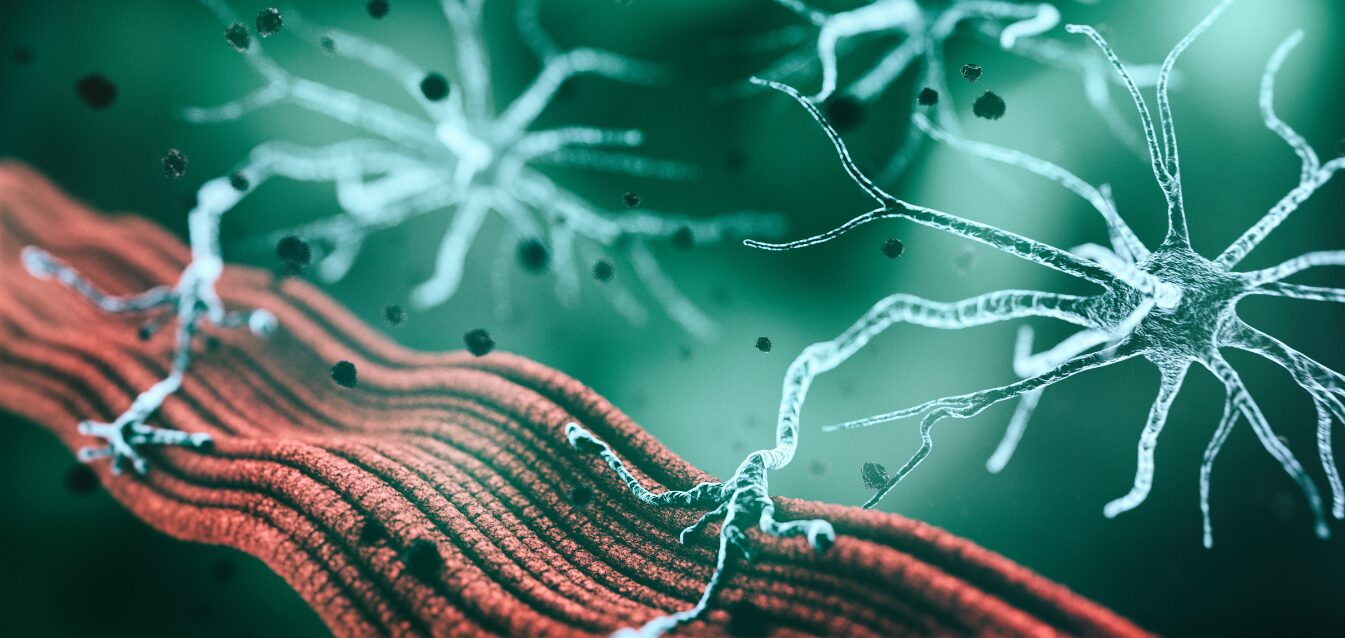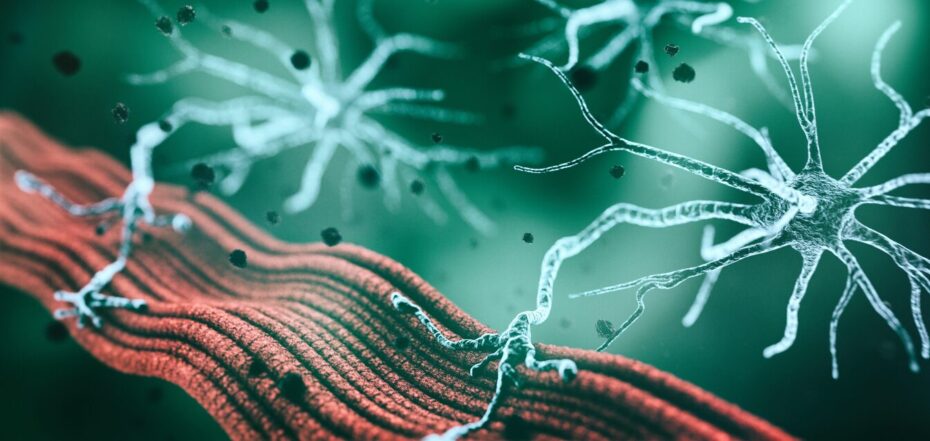Fitness
Finding the master switch for ALS – McGill Reporter


Half the battle in developing treatments for amyotrophic lateral sclerosis (ALS) is knowing what to target. Over 80 per cent of ALS cases are considered sporadic, meaning they have no known genetic cause and therefore no easy target for the development of effective treatments.
Researchers know that a hallmark of all ALS is damage to the neuromuscular junction, severing the connection between the nerve and muscle cell. This leads to muscle weakness and eventually trouble walking, performing daily tasks, swallowing and breathing.
Finding a way to repair the neuromuscular junction would be a major step in treating ALS. A new clinical trial at The Neuro (Montreal Neurological Institute-Hospital) is testing whether an approved treatment for overactive bladder could also be effective in blocking the overactive cells that cause the nerve-muscle connection to break down in ALS.
Overactive cells
Richard Robitaille, PhD, is a professor and ALS researcher at Université de Montréal. Robitaille’s lab is focused on finding ways to repair the neuromuscular junction. Damage to this junction is known to occur very early in the disease.
According to the ALS Society of Canada, each year approximately 1,000 Canadians die from the disease. A similar number of Canadians are diagnosed annually. Most will die two to five years from the start of their symptoms, after having lost a great deal of their physical capacities and quality of life. An effective treatment is long overdue.
“What makes our approach different is that we considered a type of cell that is often overlooked but is essential for the maintenance and repair of the nerve-muscle contact: the glial cell,’’ Robitaille explained. “We identified a receptor in these cells – a type of master switch – that triggers whether the glial cells will repair and support the neuromuscular junction. Our lab showed that this mechanism becomes erratic and hyperactive in mouse models of ALS.’’
Existing treatment
Robitaille’s team looked at the scientific literature and found an existing drug that blocks the receptors that work on the mechanism, and had been approved by the FDA for overactive bladder. “If we reduce this hyperactivity, we can allow the cells to do their job properly,’’ he continued.
His lab’s work in mouse models showed the drug was able to restore the function of the receptors in the glial cells. “We saw that the contact was maintained between the motor neuron and the muscle. This led to better muscle function, greater strength and an improved ability to walk,” Prof. Robitaille explained.
Montreal partnership
Results in preclinical studies don’t always translate in humans as researchers hope, so the clinical trial phase is extremely important. Thanks to a long-standing collaboration with the director of The Neuro’s ALS Centre of Excellence, Angela Genge, MD, who is sponsoring the trial at McGill, Robitaille’s innovative work is being tested at the Clinical Research Unit at The Neuro (CRU) as well as at Ottawa Hospital Research Institute.
“It’s exciting that we are collaborating and validating research that was developed right here in Montreal,” said Oliver Blanchard, MD, the principal investigator for the trial at The Neuro. “These kinds of partnerships between researchers are essential to help accelerate advances in treatment, especially in a rapidly progressing disease like ALS.’’
“Some treatments have managed to extend survival in ALS, but quality of life doesn’t always follow. The ultimate goal of our approach is to increase patients’ strength, mobility and quality of life – to help them maintain their autonomy for as long as possible,’’ concluded Blanchard. “If successful, this treatment would apply to sporadic and genetic forms of ALS, so this is extremely promising.”
–
People living with ALS who are within three years of diagnosis, have muscle weakness and wasting in the upper and lower extremities and who can swallow tablets are sought for this study. For more information contact als-cru.neuro@mcgill.ca or call (514) 398-5500.


)






